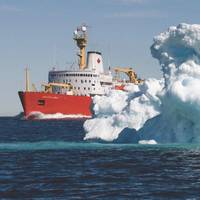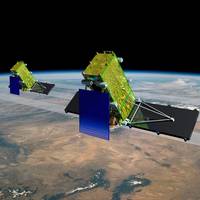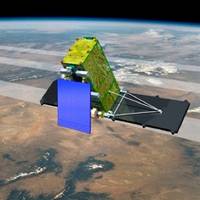Is it a Ship or Iceberg?

Developing the capability to discriminate between ships and icebergs in northern latitudes is a common interest shared by Canada’s Department of National Defense (DND) and the oil and gas industry. For DND, the focus is on ship detection for maritime security, whereas oil and gas companies are interested in detecting icebergs to ensure primarily the safety and also the productivity of offshore exploration and production operations. The Polar Epsilon and Polar Epsilon-2 applied…
Ship Identification: JIB Antennas Added to Canada's RADARSAT Constellation

Small, lightweight JIB antennas from Northrop Grumman Corporation's Astro Aerospace business unit will help provide a new maritime identification capability for Canada's three RADARSAT Constellation Mission (RCM) Earth observation satellites planned for launch in 2018. Astro Aerospace will provide 13 self-deploying, monopole JIB antennas as part of an Automated Identification System (AIS) being added to the identical radar-imaging satellites under a contract from RCM prime contractor MacDonald, Dettwiler and Associates Ltd.
Canadian Radar Satellite Contract for MDA

MacDonald, Dettwiler & Associates Ltd. win Canadian Space Agency $706 million contract to build, launch & provide initial operations for the RADARSAT Constellation Mission (RCM). The RCM is designed for three main uses: maritime surveillance (ice, wind, oil pollution and ship monitoring); disaster management (mitigation, warning, response and recovery) and ecosystem monitoring (forestry, agriculture, wetlands and coastal change monitoring). The contract is expected to extend over a period of seven years and brings MDA’s current backlog to approximately $2.9 billion.





